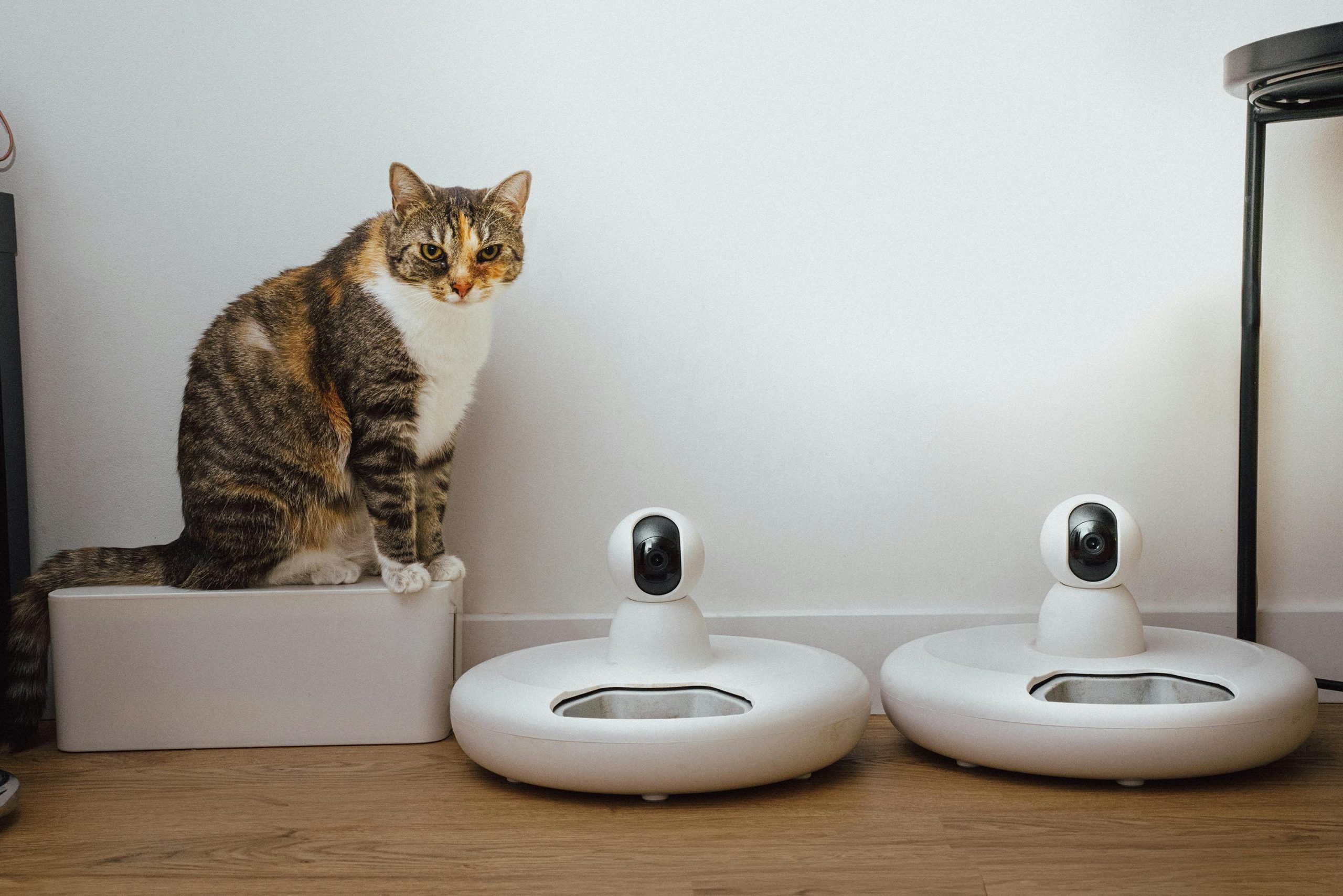The healthcare industry is undergoing a transformative shift, thanks to the integration of artificial intelligence (AI) and remote patient monitoring (RPM) devices. These cutting-edge technologies are revolutionizing how patients receive care, enabling healthcare providers to deliver personalized, data-driven treatments without the need for constant in-person visits. By leveraging AI-powered RPM devices, medical professionals can monitor patients in real-time, predict potential health issues, and intervene proactively—ultimately improving patient outcomes and reducing healthcare costs.
What Are AI-Powered Remote Patient Monitoring Devices?
AI-powered remote patient monitoring devices are wearable or implantable technologies that collect and analyze health data in real-time. These devices track vital signs such as heart rate, blood pressure, glucose levels, and oxygen saturation, transmitting the data to healthcare providers via secure cloud platforms. What sets them apart is their integration with AI algorithms, which process vast amounts of data to identify patterns, detect anomalies, and even predict potential health risks before they escalate.
Examples of these devices include:
- Smartwatches and fitness trackers that monitor heart rate, activity levels, and sleep patterns.
- Continuous glucose monitors (CGMs) for diabetic patients, providing real-time blood sugar readings.
- AI-enabled ECG patches that detect irregular heart rhythms and alert physicians.
- Remote blood pressure cuffs that sync data directly to electronic health records (EHRs).
The Benefits of AI in Remote Patient Monitoring
The fusion of AI and RPM brings numerous advantages to both patients and healthcare providers. Here are some of the most impactful benefits:
1. Proactive and Personalized Care
AI algorithms analyze patient data continuously, allowing healthcare providers to detect early warning signs of deterioration. For example, an AI system might notice a gradual increase in a patient’s blood pressure and alert their doctor before a hypertensive crisis occurs. This proactive approach enables timely interventions, reducing hospital readmissions and improving long-term health outcomes.
2. Reduced Healthcare Costs
By minimizing unnecessary hospital visits and preventing complications, AI-powered RPM devices help lower healthcare expenses. Patients with chronic conditions, such as diabetes or heart disease, can avoid frequent ER visits thanks to real-time monitoring and virtual consultations.
3. Enhanced Patient Engagement
These devices empower patients to take an active role in managing their health. With access to their own data through mobile apps, patients can make informed lifestyle choices and adhere to treatment plans more effectively.
4. Scalability for Healthcare Providers
AI-driven RPM allows physicians to monitor multiple patients simultaneously without compromising care quality. Automated alerts prioritize critical cases, ensuring that doctors focus their attention where it’s needed most.
Real-World Applications of AI-Powered RPM
AI-enhanced remote monitoring is already making a difference across various medical fields. Here are a few notable applications:
Chronic Disease Management
Patients with chronic illnesses like diabetes, hypertension, and COPD benefit immensely from continuous monitoring. AI can predict flare-ups based on historical data, enabling preemptive adjustments to treatment plans.
Post-Surgical Recovery
After surgery, patients often require close observation to prevent complications. AI-powered RPM devices track wound healing, vital signs, and medication adherence, reducing the risk of infections or readmissions.
Mental Health Monitoring
Wearables equipped with AI can detect changes in sleep patterns, activity levels, and even speech patterns to identify signs of depression or anxiety, allowing for early mental health interventions.
Elderly Care and Fall Detection
For aging populations, AI-driven wearables can detect falls and automatically alert caregivers or emergency services. These devices also monitor mobility and cognitive decline, helping seniors maintain independence longer.
Challenges and Future Directions
While AI-powered RPM devices offer tremendous potential, they also face challenges that must be addressed for widespread adoption:
Data Privacy and Security
Transmitting sensitive health data wirelessly raises concerns about cybersecurity. Ensuring HIPAA compliance and robust encryption protocols is critical to maintaining patient trust.
Integration with Existing Systems
Many healthcare facilities still rely on legacy EHR systems that may not seamlessly integrate with new RPM technologies. Standardizing data formats and improving interoperability will be key.
Regulatory and Reimbursement Hurdles
Regulatory bodies like the FDA must keep pace with technological advancements to ensure device safety and efficacy. Additionally, insurance providers need to establish clear reimbursement policies for RPM services.
Despite these challenges, the future of AI in remote patient monitoring looks promising. Advances in machine learning, 5G connectivity, and edge computing will further enhance the accuracy and responsiveness of these devices.
Conclusion
AI-powered remote patient monitoring devices are transforming healthcare by enabling real-time, data-driven decision-making. From chronic disease management to post-operative care, these technologies improve patient outcomes, reduce costs, and enhance the efficiency of healthcare delivery. As AI continues to evolve, we can expect even more innovative applications that will redefine how we approach patient care. The future of medicine is here—and it’s smarter, more connected, and more patient-centric than ever before.
